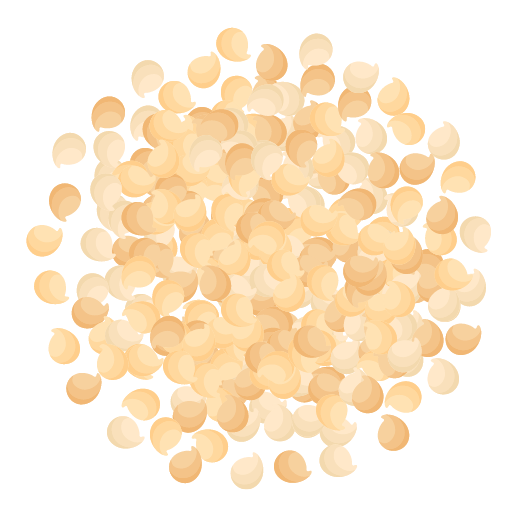Description
Similar to amaranth and buckwheat, quinoa (pronounced ‘keen-wah’) fits within the ‘pseudo-cereal’ group as it is not part of the Poaceae botanical family, in which ‘true’ grains belong. It’s loosely grouped as a ‘pseudo-cereal’ with other grains as it’s nutritionally similar and used in similar ways to ‘true’ grains.
Quinoa originates from the Andes, where it has long been cultivated by the Inca people. It is a small, typically light-coloured round grain (although it also available in other colours including red, purple and black), similar in appearance to sesame seeds.
To help ward off insects and birds, quinoa has a bitter residue of saponins, a natural occurring plant-defence. Most quinoa sold today has already been washed, but it is still advisable for consumers to thoroughly rinse the quinoa seeds under running water prior to cooking, so as to maximise the enjoyment of this pseudo-cereal.
Like other pseudo-cereals, quinoa contains significant amounts of all the essential amino acids. Quinoa is traditionally produced in South America in higher altitudes and cooler environments than Australia. The Rural Industries Research and Development Corporation (RIRDC) is currently undertaking trials of quinoa in Western Australia. The project aims to select suitable varieties and growing regions to produce quinoa in Australia.
Benifits
- High protein and fiber content.
- Rich in essential vitamins and minerals.
- Gluten-free and suitable for celiacs.
- Promotes heart health and weight management.
- Contains antioxidants and anti-inflammatory compounds.
- Helps regulate blood sugar levels.
- Easy to incorporate into various dishes.

